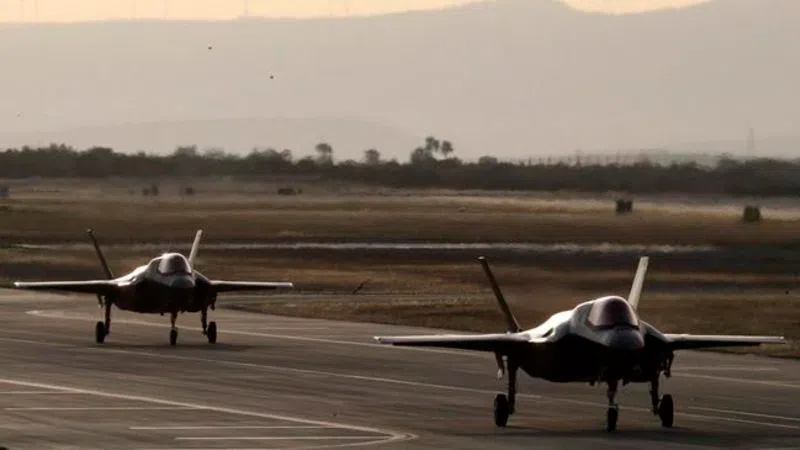
Procurement minister defends rule change for F-35 as necessary for competition
OTTAWA — The federal procurement minister is defending the government’s plan to loosen procurement rules for the F-35 stealth fighter in the face of questions and concerns from companies that make competing jets.
Speaking at the annual Cansec arms-trade show Thursday, Public Procurement Minister Carla Qualtrough insisted the move is needed for a robust competition to replace Canada’s aging CF-18s. That competition is expected to result in a $19-billion deal for a new fleet of fighters.
“The innovations and modifications we are adopting will enable participation from all eligible suppliers while applying the same rules to everyone on a level playing field,” Qualtrough said during a breakfast speech.



